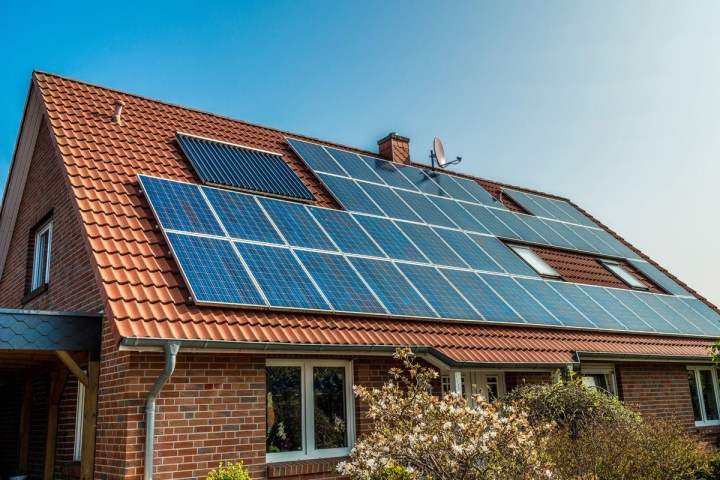
“Many types of solar cells have so-called ‘contact fingers’ on their front side: tiny metallic strips that help to conduct the electrons that the solar cell generates when illuminated,” researcher Martin Schumann told Digital Trends. “Without these contact fingers, their efficiency would be reduced, because the electrons cannot get to the external contact as easily.”
From an electrical point of view, these contact fingers are necessary for high-efficiency solar panels. However, they also reflect a part of the incoming light in the same way that any metal object would do. This effect is known as contact finger shadowing, and means that less current is generated by the panel because the contact fingers partially block the light reaching the cell.
“We wanted to find a way to keep the contact fingers, but make them invisible, so that the solar cell can have low series resistance and no contact finger shadowing at the same time,” Schumann continued. “We have achieved this by adding a polymer layer with a carefully designed surface to a solar cell with contact fingers. This layer works similar to a lens: it refracts the incoming light. Its surface is designed [so] as to distribute the incoming light evenly between the contact fingers, so all the incoming light reaches the solar cell and none of it is reflected off the contact fingers anymore.”
In this way, the team was able to increase the panel’s efficiency by up to 9 percent. The work is described in a paper published in the journal Advanced Optical Materials.
Sadly, you’ll have to wait a bit longer before the technology is commercialized. “The purpose of our research was to demonstrate that our approach can increase the efficiency of a solar cell,” Schumann said. “All the experiments were done on a lab scale, [using] cm²-sized solar cells. We can think of several challenges that have to be addressed when going to larger solar cells or even modules with sizes up to square meters. This will have to be the subject of future research.”
Hey, when it comes to cool uses of invisibility technology, we can’t help but think that saving us money on our bills has to rank pretty darn highly. Even if we’ll always have a soft spot for the dream of invisibly creeping around Hogwarts, Harry Potter style!


